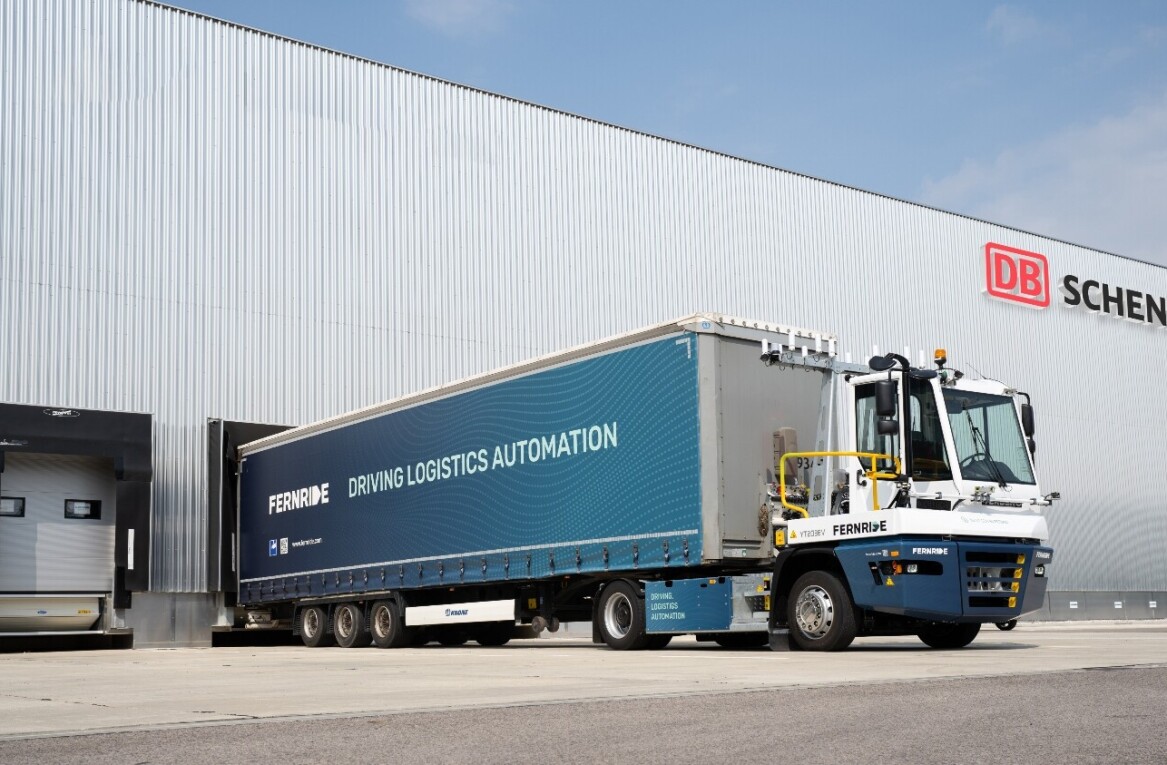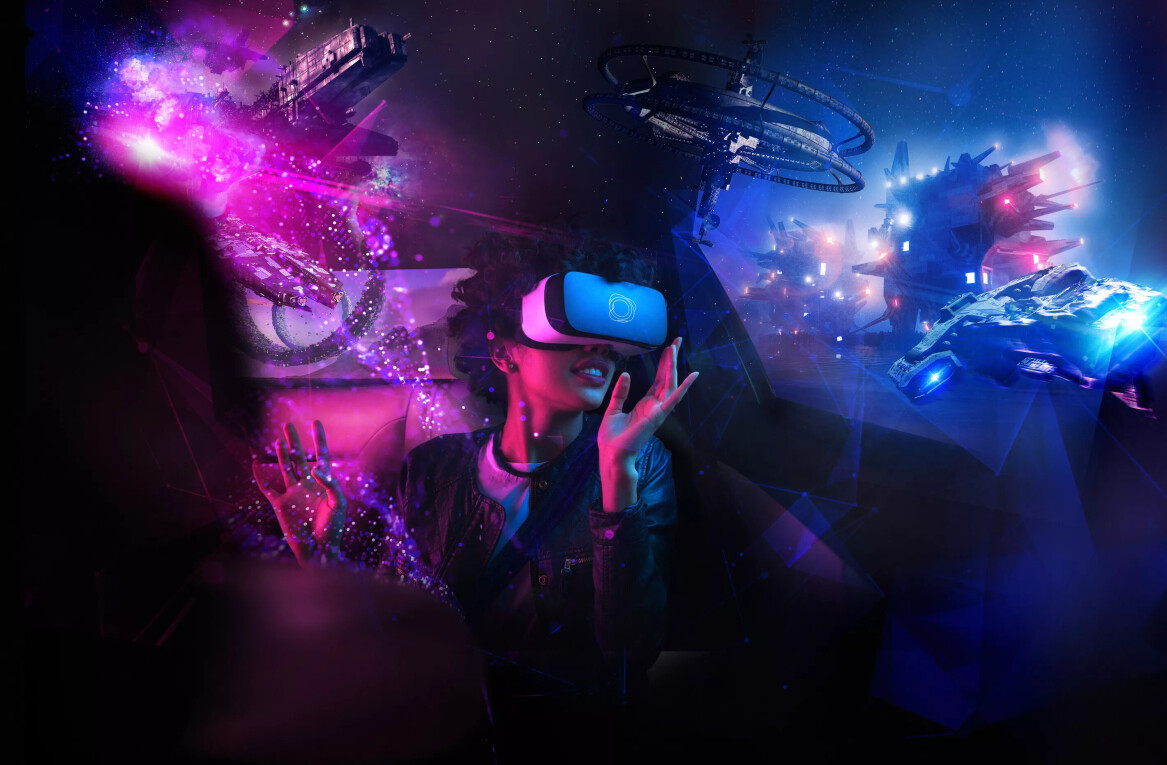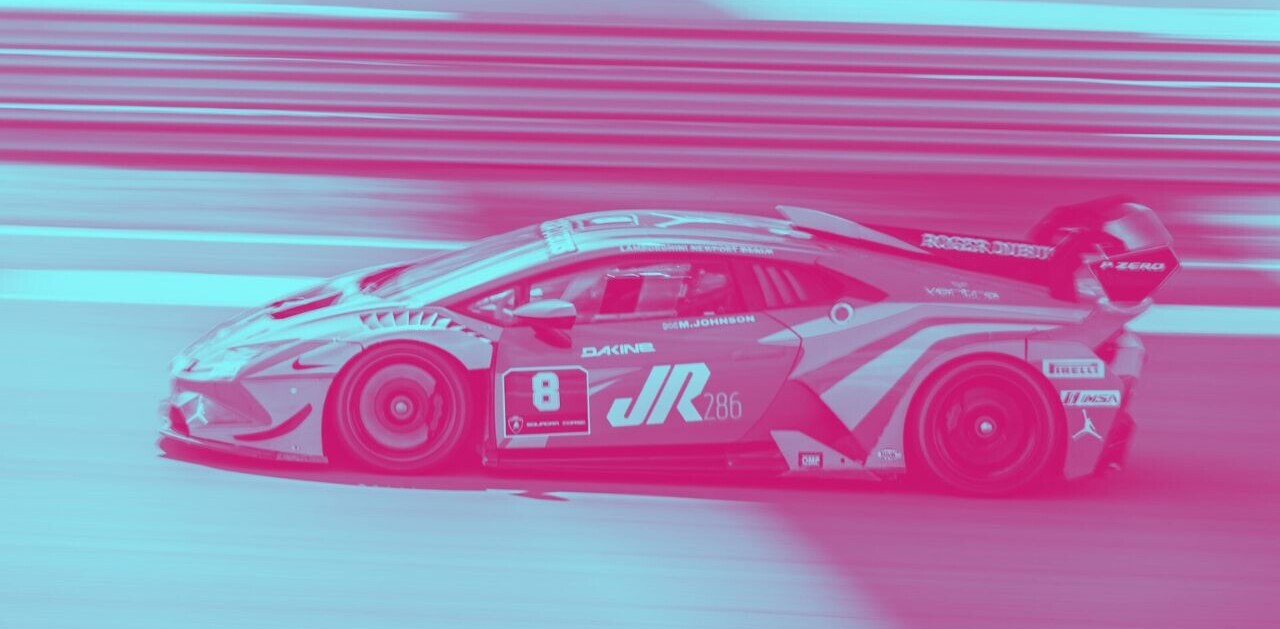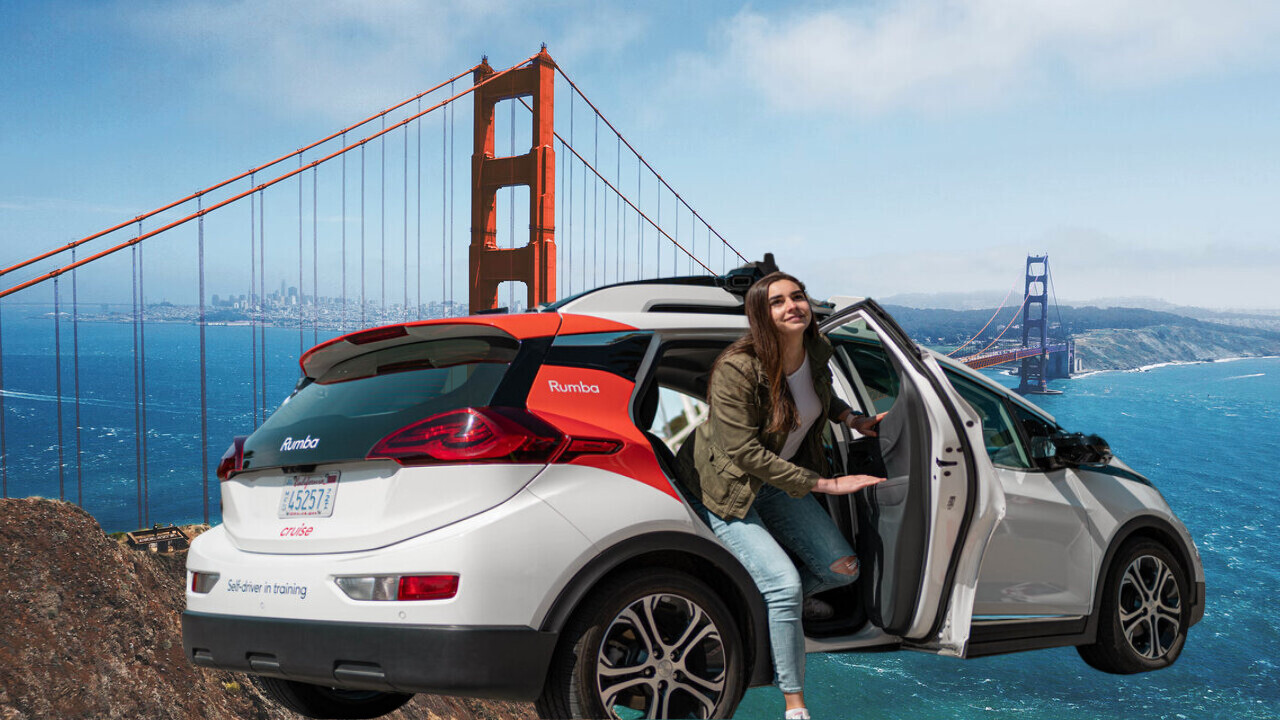
Yesterday, Cruise received the first-ever Driverless Deployment Permit granted by the California Public Utilities Commission. This allows the company to charge fares for their driverless rides in San Francisco.
What does the permit mean?
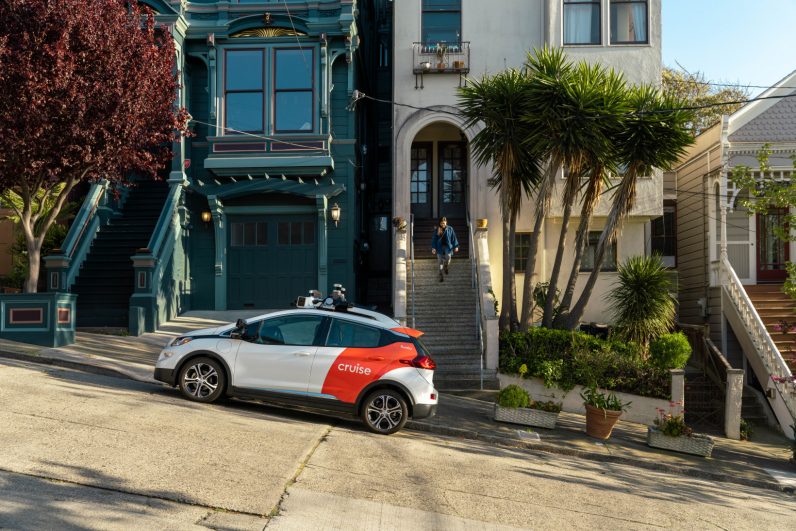
Officially, Cruise will become the first and only company to operate a commercial, driverless ride-hail service in a major US city.
With this permit, Cruise may offer passenger services to the general public in its 30 all-electric AV fleet — without a safety driver present. The taxi service is restricted to selected San Francisco streets. It can operate only at a maximum speed of 30mph (48 kmph), from 10 p.m. to 6 a.m. daily. It cannot offer paid rides during heavy rain, heavy fog, heavy smoke, hail, sleet, or snow.
No Cruise robotaxi parties allowed
However, Cruise can’t offer shared rides between passengers from different parties at this time.
The company must prepare a report and presentation updating stakeholders on how the strategies in its Passenger Safety Plan are operationalized in deployment. For example, reporting during safety during pickup and drop-off events, as part of a future CPUC workshop.
This is a massive milestone for the commercial acceleration of autonomous vehicle deployment in US cities.
What is the status of robotaxis in the wild?
Things are moving fast and slow. Waymo rolled out fully autonomous vehicles in 2020 in Phoenix Arizona, and has been gradually expanding its offerings, at times using a human safety driver as the geocached areas grew. Last month, Waymo’s co-CEO Dmitri Dolgov, announced that the company was removing human safety drivers from its robotaxi operations in downtown Phoenix. He stated at a TechCrunch event:
“We will be starting fully autonomous, rider-only operations in the downtown Phoenix area that will…be on the fifth generation of our system on the Jaguar I-PACEs.”
The company has a permit to operate a paid robotaxi service in Chandler, Arizona. I spoke to someone today who took a ride and told me it was excellent.
In China, Baidu and Pony.ai have been collecting fares in Beijing’s suburban district of Yizhuang since November 2021.
But the companies only received their taxi licenses in April this year —- the first companies in China to do so. This requires a two-year trial with no safety incidents.
Following Chinese regulations, they have been driving without a safety driver since last month, although a safety supervisor must be present in the vehicle at all times.
Cruise’s permit is a huge boon for the company. It has gone from strength to strength since it began welcoming members of the public to use the service for free in February this year. Interested people can sign up for a ride at getcruise.com.
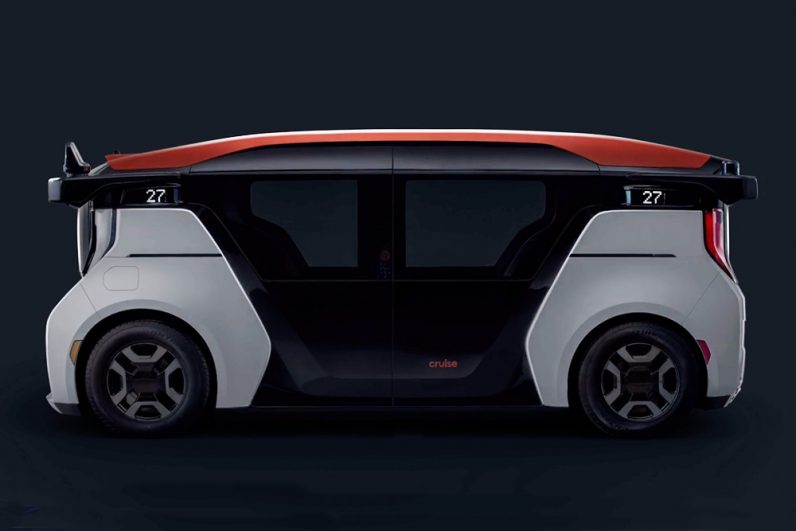
Get the TNW newsletter
Get the most important tech news in your inbox each week.

